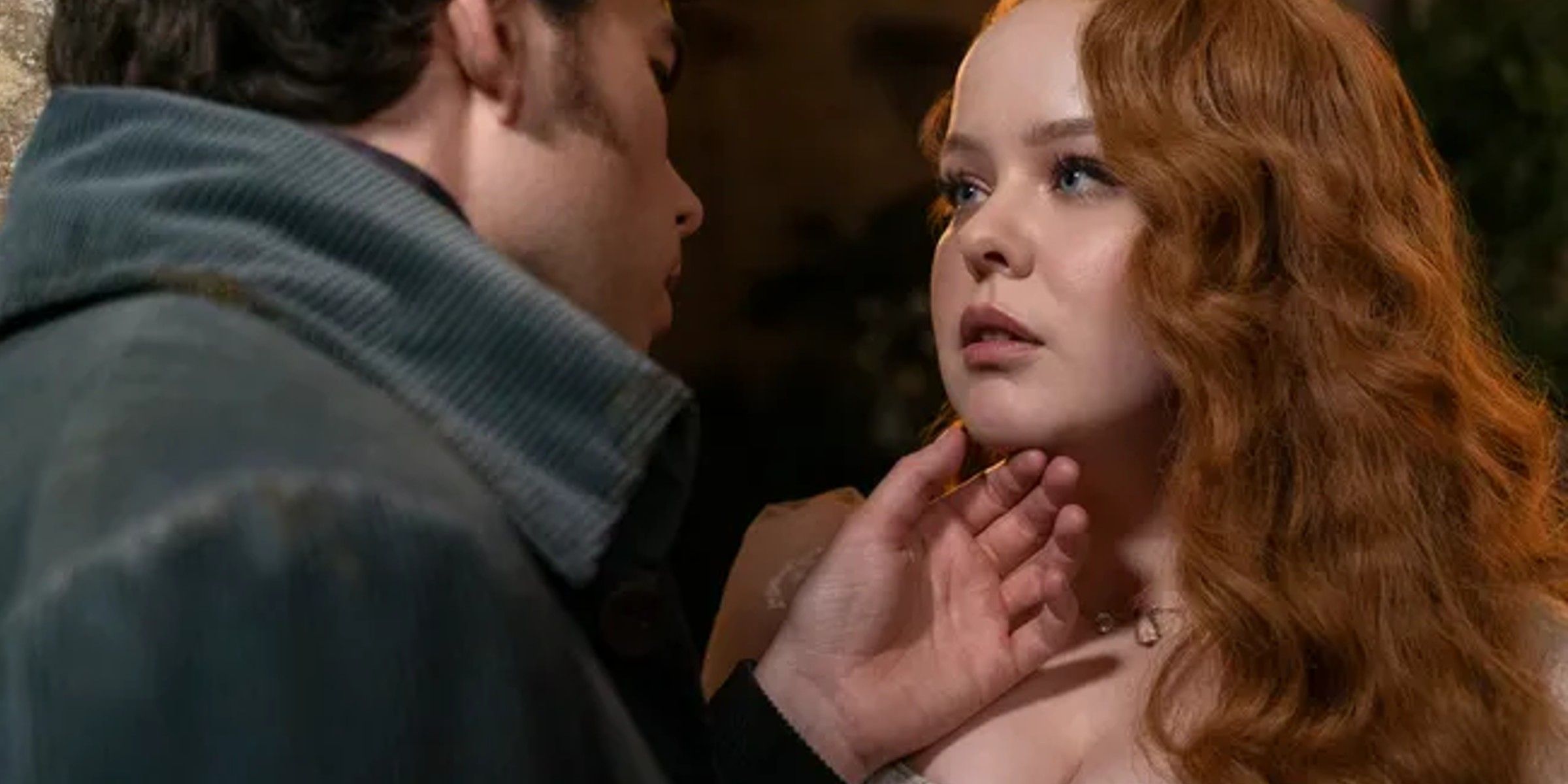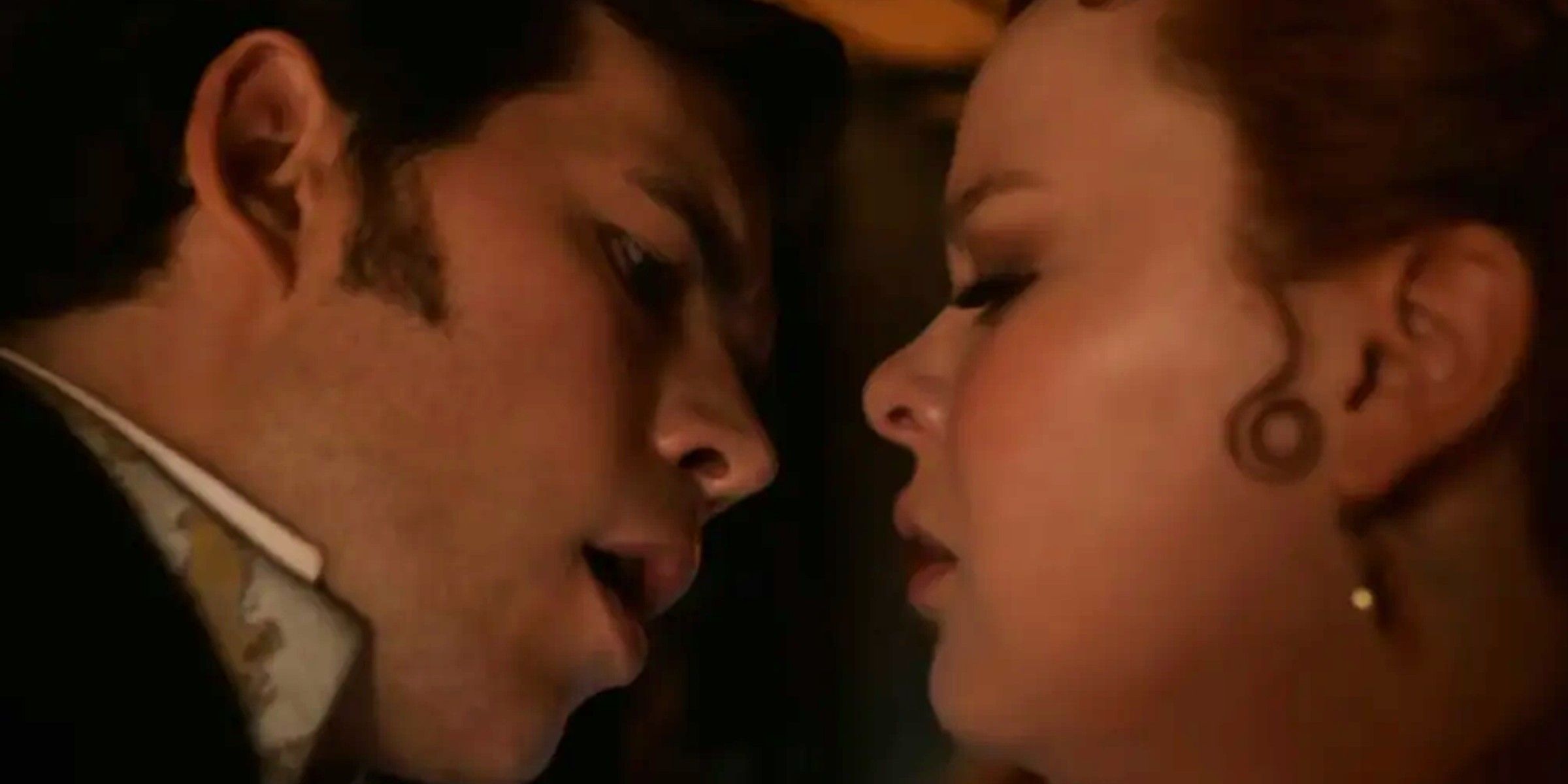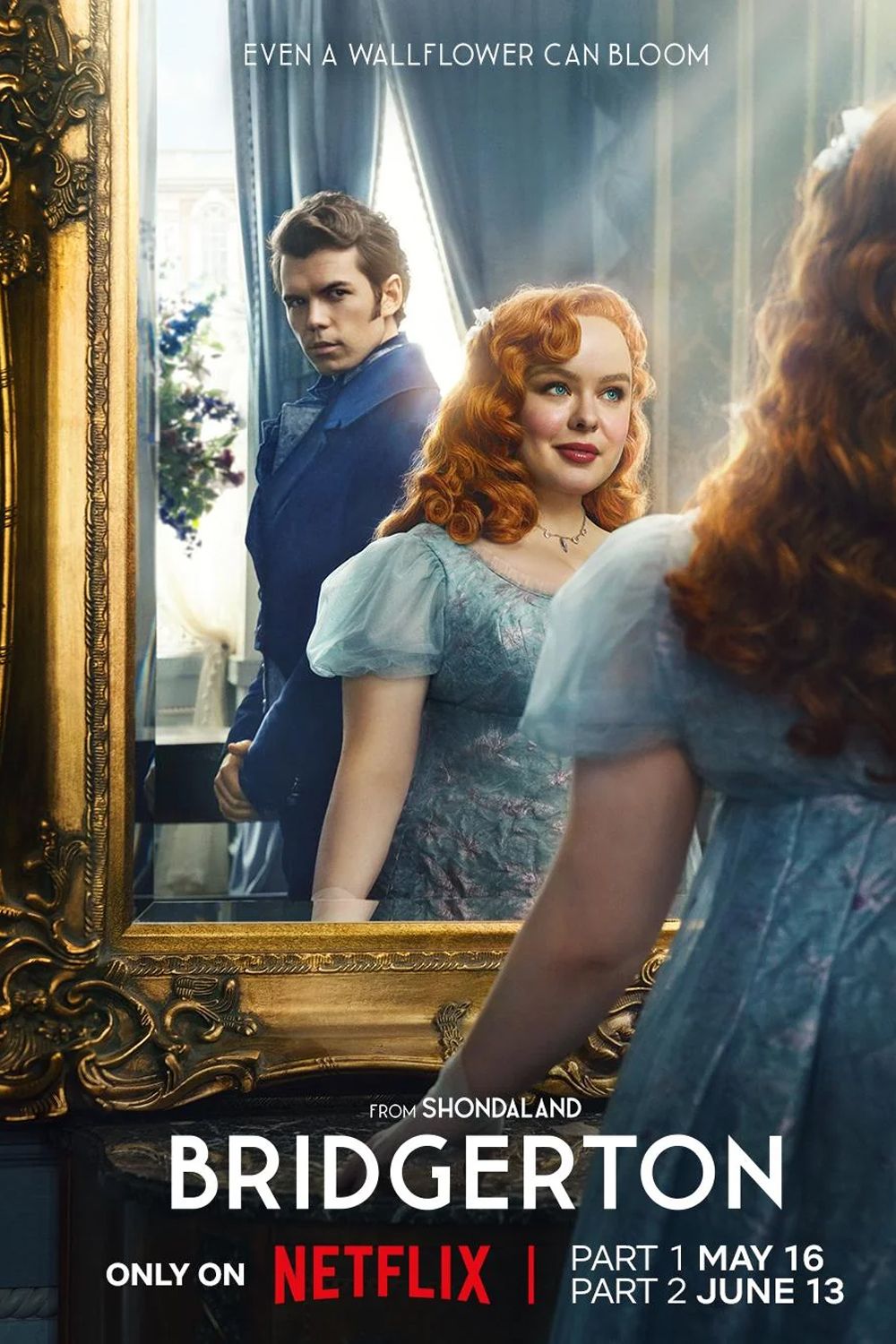Bridgerton Season 3 Boldly Bucks A Major TV Trend & It’s Way Deeper Than You Realize
Summary
- Bridgerton season 3 embraces love scenes, challenging the taboo of showing physically passionate scenes in modern media.
- Sex scenes in Bridgerton feel very intentional and serve as a narrative climax, providing depth to character dynamics.
- Penelope’s carriage scene with Colin in season 3 is a bold and empowering moment that challenges societal norms.
Dearest, gentle reader, Bridgerton season 3 has done something for one of modern TV’s most fascinating taboos that few shows have managed in years: it embraces love scenes. For two and a half seasons (plus one spin-off), the Regency-set romantic drama has offered some of the most passionate storytelling in recent history. And unlike the modern trend of TV shows steering away from actual sex and passion, Bridgerton wears it as a badge of honor. More importantly, it challenges the idea that such scenes are in any way problematic.
Obviously, there is one exception that it’s important to mention for context: season 1’s scene where Daphne tricks Simon into impregnating her is problematic, but that is intentional. Daphne uses her newly-learned physical skills to test out a theory in the most questionable way, reinforcing, crucially, that Bridgerton knows that sex remains a tool of power. That is flips the typical power dynamic – particularly of its historical setting, is an important note for what follows.
But crucially, Bridgerton doesn’t simply use sex as violence (though both season 1 and Queen Charlotte explore the idea, of course), it almost harks back to a time when romantic storytelling welcomed the physical act of love as part of the journey. And in Bridgerton, there’s a strong case against the current trend of closed bedroom doors and suggestion as the appropriate way to tell these stories. Which is good, given Bridgerton’s future episodes will dial it up even further.
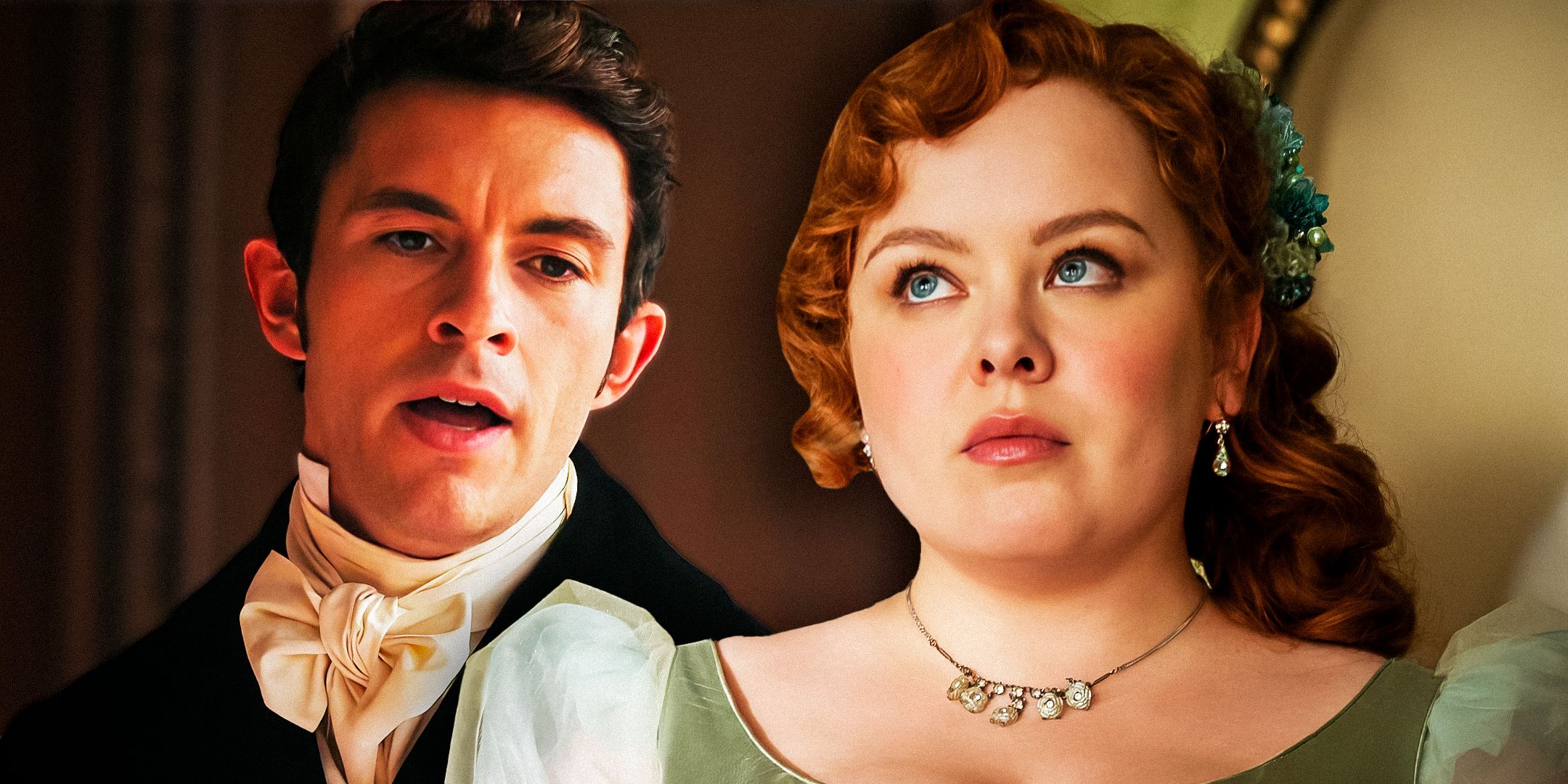
Related
Bridgerton: 15 Best Quotes From Season 3
The third season of Bridgerton provides the same witty, hilarious, and romantic dialogue as past seasons, but this time, it is even more profound.
Why Is Sex On TV So Improper Now?
It used to be that if you wanted your TV shows to be a bit more racy, you’d go to HBO, where there was always an abundant acceptance that human stories could be intertwined with actual sex. These days, sex on TV has been mostly consigned to the cringe pile, perhaps because successful golden age television broke the four quadrant barrier. You can’t have the whole family sit down to enjoy something where the characters are going to take their clothes off and remind you of the horrible reality that your parents, sitting next to you, probably do the same thing.
A widely-cited UCLA study seemingly confirmed that beyond the cringe factor, Gen Z simply finds sex scenes unnecessary and distracting. Rather than simply castigate the younger generation for prudishness, it’s interesting to note that the study also surfaced the revelation that respondents also wanted to see more platonic relationships shown in media. The kids want to see their characters in the friend zone, but without all the negative connotations associated with that. Good, wholesome dynamics absent of sexual tension.
The conflicting reality, of course, is that movies and TV shows are more than capable of doing both, without either becoming entirely chaste or entirely NSFW. Bridgerton is a show driven primarily by relationships, both in the old transactional sense (this is, after all, a society obsessed with lineage, legacy, and marriage as currency), but also in terms of real emotion. While it also inevitably attracts the kind of social media shippers who thumb their nose at the idea of Gen Z’s platonic preoccupation, it also depicts friendships authentically.
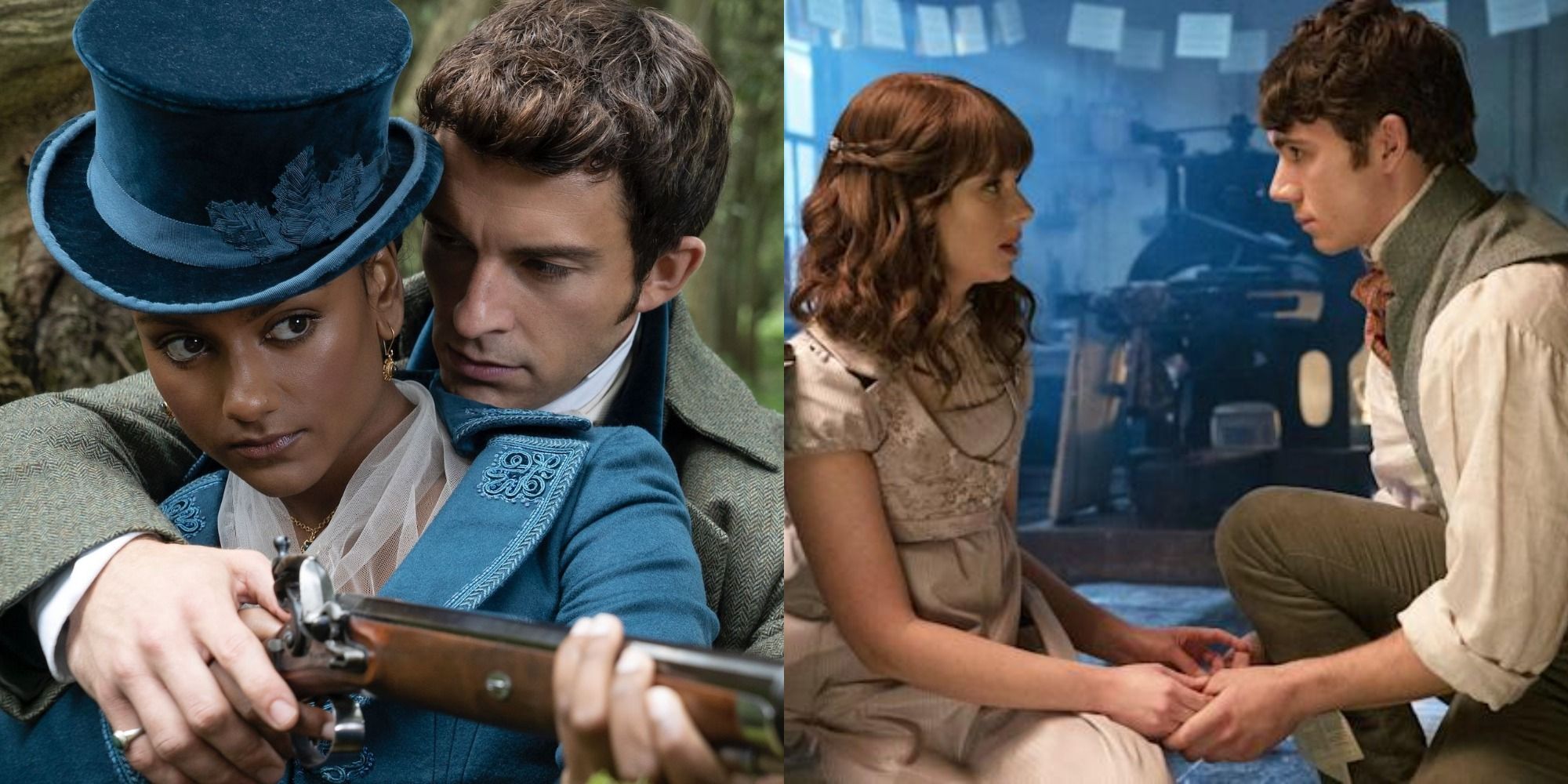
Related
Bridgerton: The 10 Most Romantic Moments From Season 2
America’s favorite period drama is back, and with more romance than ever! But what were the most romantic moments from Bridgerton’s newest season?
Bridgerton Uses Sex Sparingly, But Very Well
While some of the most talked-about scenes in Bridgerton can often be the most adult ones, they are only part of the story-telling success of the show. There is, more importantly, very good reason for all the sex scenes. They are an expression of passion and the culmination of story build: for both Daphne and Anthony’s stories, the build-up is engaging and the pay-off is worth the wait. The couples generally have obstacles to overcome, but their passion overcomes all. It is, intentionally, a beautiful thing.
In an era where sex scenes have more pressure than ever to be important to advance the story, Bridgerton does it in a very old-fashioned sense. Yes, in some cases, it’s used to show important themes or character moments (as with Daphne and Simon, and Lady Danbury’s experiences as a young woman), but the carriage scene is entirely different. Like other more conventional love scenes, it exists solely for what it is: a narrative climax, as it were. And it’s time to admit that it’s entirely acceptable to do that.
Bridgerton also keeps the sex scenes to a minimum for effect: despite the burning passion on display, we spend significantly less time looking in on bedrooms than we do parlor rooms and balls. It is a vehicle for passion, for emotion, and for connection. It is, incredibly rarely, used for the sake of it, and it exists across a broad narrative spectrum.
Violet’s reawakening lust (first teased in Queen Charlotte), Daphne’s startling naivety, Benedict’s embrace of sex as free expression of love, Anthony and Colin’s as escapism, Colin and Penelope’s as an expression of raw magnetism. Bridgerton destroys the idea of sex as some sort of hollow distraction or cheap thrill. Sex is far from one-dimensional,, and most importantly, it makes sure to empower female characters through sex.
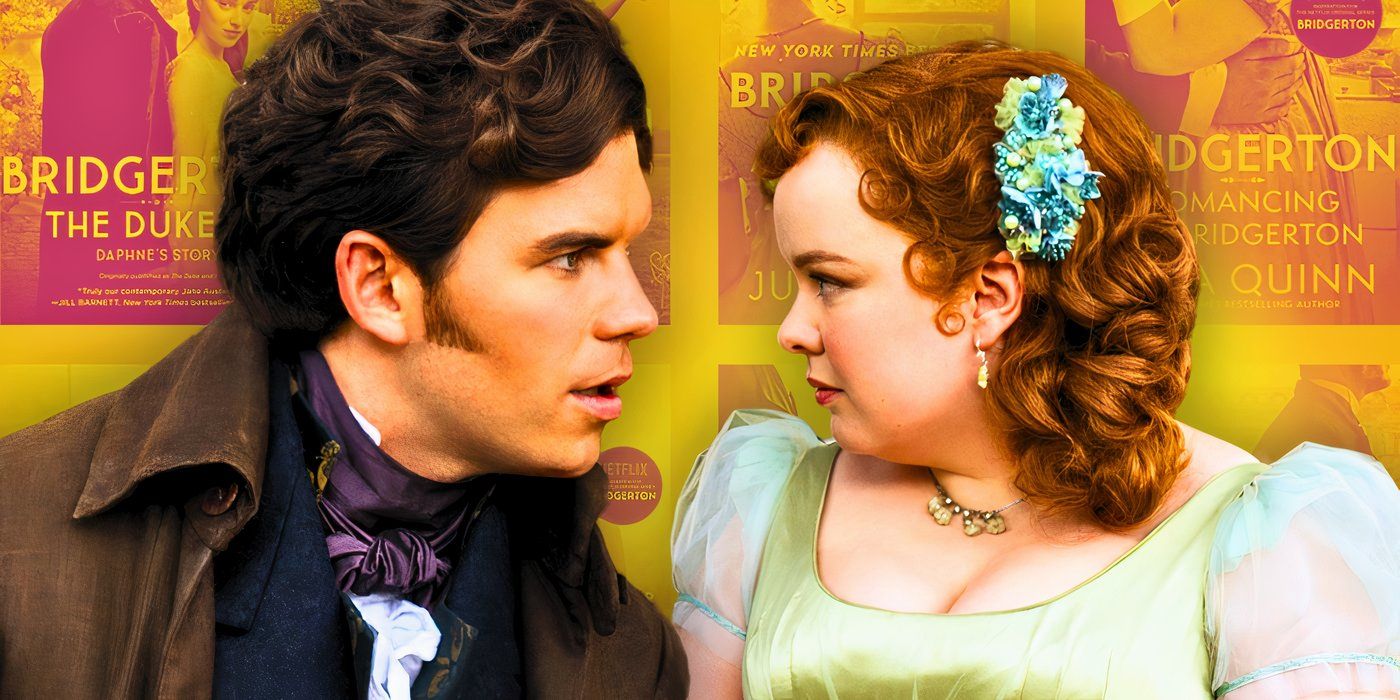
Related
Colin & Penelope’s First Kiss Fixes A Major Problem With The Bridgerton Books
Bridgerton season 3 does away with a specific book issue, which changes certain aspects of Colin Bridgerton and Penelope Featherington’s first kiss.
Bridgerton’s Sex Scenes Address The Most Interesting Part Of Gen Z’s Problem With It
Bridgerton centers female sexual enjoyment in a way that few other similarly racy TV shows ever care to. The energetic, spontaneous foreplay scene in the carriage isn’t about Colin’s conquering Penelope, it’s about him making her feel. There’s a boldness to that scene that fits with Bridgerton‘s embrace of more progressive story-telling than its Regency setting might have otherwise allowed. In Regency England, a lot of sex was transactional (we still see flashes of that in the Featheringtons’ quest for an heir), but Penelope and Colin’s encounter feels like it’s been pulled from more risque fiction. And there is subtle depth behind it all.
Bridgerton might seem to be about the beloved family, or about the Ton broadly, but it’s actually about just one character when everything is stripped back: Penelope. The most interesting narratives blossom out of her desire to carve a place out in society for not only herself but every woman pushed to the edges like her. From the earliest days of season 1 to the realization of her passion with Colin, she has been seeking a voice, finding it only in the free expression afforded by Lady Whistledown.
She is, up until the moment she emerges from her “cocoon” (and the show is very careful to make the butterfly analogy), a wallflower by design, using it as a tool of her power. But she is still robbed of every freedom any male character in the Ton finds easily accessible. Benedict and Anthony before him were able to exist in salacious sub-society; Colin was able to travel to “find himself”; Lord Anderson avoided the trauma his sister endured that bred so much disdain in her. The women endure, at the mercy of a social system that ranks their value and settles them down to a life of absence.
It’s only when Penelope is given access to the pleasure Anthony brings her in the carriage tin Bridgerton season 3 that that double-standard really begins to be felt. She is immediately put in stark contrast to the image of her sisters: forced to be baby-making vessels for a Featherington heir, with no hint of pleasure. Penelope’s scene with Colin is a reclamation of identity through the emphasis on sexual identity. The very idea that that could be considered distracting or cringe-worthy is an incredibly reductive shame.




